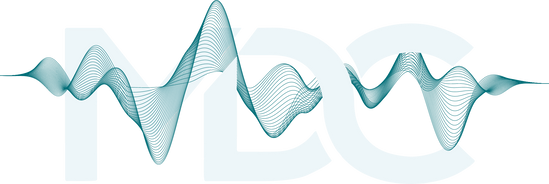Partner up with Physiotherapy
As a Physiotherapist, I have the privilege of working with all kinds of athletes of all ages and levels but I have to say I am always excited about the opportunity to work with dancers and to step up to the challenge of rehabbing these artistic athletes. Dancers are typically known for having very high pain tolerance because it takes a certain level of “push through it” to be awesome and so it is often a part of a dancer’s culture to handle discomfort. On the other hand, when injury and pain start to limit the dancer, it can often present as an emotional breakdown and may become difficult to cope with for the dancer due to the intensity and drive these athletes typically push through.
Some interesting rehabilitation notes about our injured dancing population may help dance instructors identify risk factors and promote early detection and preseason training focus to decrease lost time from training.
Female dancers typically present with overuse injuries and male dancers with more traumatic type injuries. In both groups approximately 91 % of dancing injuries involve the lower extremity with most involving the foot and ankle.
Some general considerations that present as risk factors for dancers include:
Faulty mobility patterns or technique (compensations)
Imbalance (always using best side/ good leg)
Biomechanical deficits (tight joints or asymmetry in lower extremity joints – example; stiff toe)
Equipment (flooring changes, shoes)
Hypermobility condition
Within a 12-month dance season, over 90% of dancers in a program will most likely experience some type of pain. Physiotherapists with specialized knowledge of movement patterns can play a big role in prevention with screening and correcting movement patterns as well as education and support to your athletes to improve recovery time and assist with safe return to sport.
Physiotherapy preseason screening involves movement pattern analysis including checking the dancer’s range of motion, symmetry of movement and functional strength testing especially for the ankle and core. Corrective exercise and education can prevent injury and more importantly (to the dancer) improve performance!
Our Physiotherapy team at Lacombe and Blackfalds Physiotherapy Clinics are available for consultation and education for all dance instructors and will assess acute injuries with priority for our dance clients to assist return to sport safely. Please do not hesitate to approach us for any assistance to help partner up with your athletes to get better and get dancing!
Call or book online by visiting our websites for further information.
